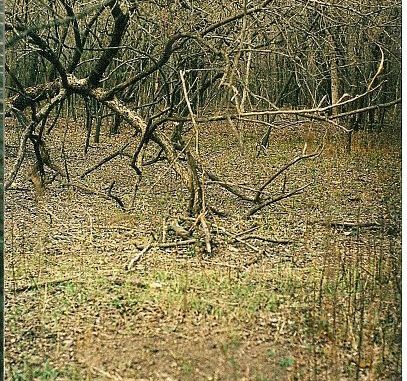
Studies conducted by the Louisiana Department of Wildlife and Fisheries indicate that whitetails in parishes along the Mississippi and Atchafalaya rivers have a tendency to start pre-rut activities from mid-December, while the peak of the rut will often occur in January. These have been traditionally designated as Louisiana deer hunting Areas 1 and 6.
“The January run will occur primarily on lands in the upper Atchafalaya Basin, with some activity happening in Avoyelles, Pointe Coupee, Concordia, West Feliciana and portions of St. Landry, St. Martin and Iberville parishes,” said Louisiana Department of Wildlife & Fisheries Deer Study Leader Scott Durham.
Public lands where rutting behaviors occur in January include Lake Ophelia National Wildlife Refuge in Avoyelles Parish; Bayou Cocodrie NWR in Concordia Parish; Red River/Three Rivers WMAs in Concordia Parish; the Sherburne Complex (Sherburne WMA and the Atchafalaya National Wildlife Refuge) located in portions of Pointe Coupee, St. Martin and Iberville Parishes; the Indian Bayou Area in St. Landry and St. Martin Parishes; Thistlethwaite WMA (late December to mid-January) in St. Landry Parish; and Attakapas WMA in located in St. Mary Parish, St. Martin and Iberia Parishes.
Historically, rutting behaviors have initiated in December and running into January (secondary rut) in East Carroll, Tensas and Madison parishes. Public lands there include Big Lake WMA in Franklin, Madison and Tensas parishes; Tensas River NWR also in Franklin, Madison and Tensas parishes; and Buckhorn WMA in Tensas Parish.
“And right now, we (LDWF personnel) are working on a new, computer-generated model of the Louisiana whitetail rut that will incorporate all the historical breeding data we have gathered over the years,” Durham said. “It will be like a topo map of sorts, and we hope to have it out to the public sometime in 2013.”
Durham said the late rut in some areas of the state are probably due to unique environmental factors.
“The historical backwater flooding experienced in these areas in late spring and early summer from states to the north of Louisiana may have, over time, moved the deer into this late breeding schedule,” he explained. “This could be a biological adaptation geared toward recruitment, as fawns would be expected to drop when much of this flooding would be over.
“The Atchafalaya Basin to the south historically was the floodplain for several major river systems including the Red River, Ouachita River, Tensas River, Black River, Atchafalaya River and the Mississippi River. This floodplain served as a backwater area for these rivers, and no doubt remained flooded long after the rivers had returned to normal water levels.”
It would only make sense for deer to adapt to producing fawns later in the year.
“If the does fawned in May or June, the fawn crop would have been eliminated by the flooding,” Durham said. “The late breeding and subsequent late fawning may have developed in response to the flooding.”


